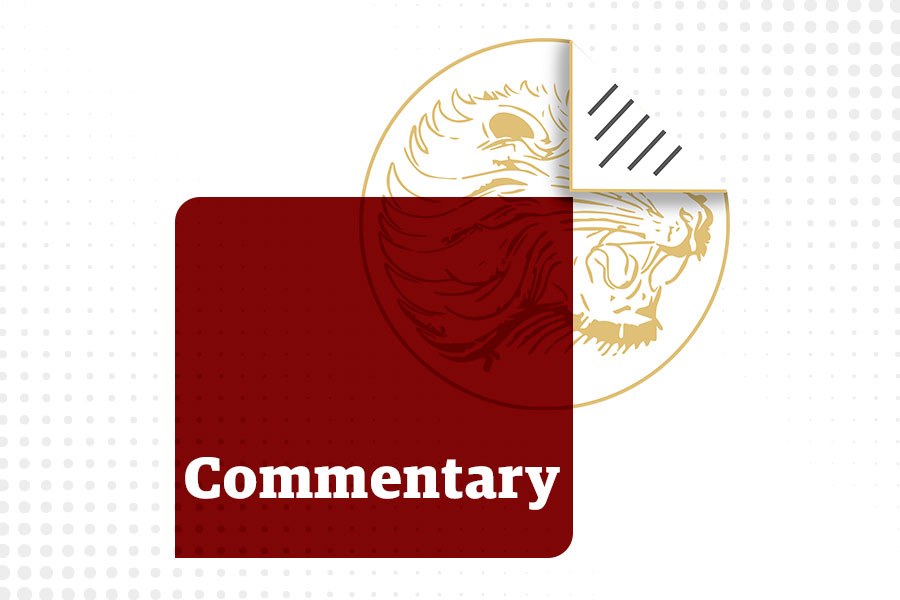
Commentaries | May 18,2024
Jan 14 , 2023
By Dani Rodrik , Reza Baqir and Ishac Diwan
Economic growth remains an essential ingredient of successful debt deals. But even in the best of circumstances, developing countries’ growth is likely to be slower and more domestically oriented, requiring a combination of deeper debt reduction and longer time horizons, write Dani Rodrik, professor of International Political Economy at Harvard Kennedy School; Reza Baqir, a former governor of the State Bank of Pakistan; and Ishac Diwan, a research director at the Finance for Development Lab. This article has been provided by Project Syndicate (PS).
This year may prove devastating for the developing world, as more and more countries find themselves engulfed in debt crises. Several (Lebanon, Sri Lanka, Russia, Suriname, and Zambia) are already in default, and scores of others urgently need debt relief to ward off economic collapse and sharp rises in poverty.
The prevailing response to debt crises is to negotiate complex packages involving the debtor country, international financial institutions (IFIs), and other external creditors. Domestic bondholders, labor unions, and others play a part, too, as they have their own interests to protect. The bargaining process among all these parties can be lengthy and feature significant domestic and global efforts to game the outcome by pushing a larger burden of losses onto others, even as debtor-country conditions continue to deteriorate.
The rise of emerging markets as major bilateral official creditors has added further complexity to an already difficult process. China, India, countries in the Middle East, and others have not been part of conventional debt-resolution arrangements. Besides complicating coordination, heterogeneity among creditors can unleash more destructive processes led by self-fulfilling expectations, such as sudden capital-flow reversals and banking crises.
The key to making debt deals more compelling to all parties is to design them in a way that unlocks growth opportunities. The prospect of large enough gains would attract all parties to the negotiating table, as they could share among themselves the benefits that such a package unleashes.
Growth-promoting debt resolution requires a three-sided deal.
Debtor governments can afford to invest in growth opportunities and cut unproductive and inefficient expenditures only if additional resources are provided. The IFIs can safely lend those resources only if the existing creditors agree to debt (and debt-service) reduction. The existing creditors, in turn, will provide debt relief only if the IFIs can apply effective conditionality to ensure that debtor governments maintain appropriate growth policies.
With a new wave of debt workouts looming, some of the elements of such grand deals must be updated and adapted to new global realities.
One key issue has to do with the nature of growth opportunities. Recent developments such as deglobalization, decarbonization efforts, and the demise of the export-oriented growth model have likely lowered the growth potential of low-income countries. This implies that debt-reduction bargains should not exaggerate the role of future growth, and that the cost of lost growth opportunities will have to be deeper debt reductions.
But, equally important, future growth would be even lower in the absence of new investments that adjust the growth path to new realities.
If new growth opportunities receive new financing and are profitable, they can lessen the need for debt reduction, by at least partly counteracting the effect of the trade-related decline in growth opportunities. These opportunities and funding needs are clearest and most substantial with respect to the green transition.
Climate change is hurting growth prospects in low-income countries the most, owing partly to their geographical location, and partly to their populations’ greater vulnerability and inability to mitigate climate risks. Green growth is largely about implementing public policies to offset these negative forces. But it is also about taking advantage of new opportunities.
Investments in adaptation to climate change include projects to defend against sea-level rising, reduce the salinity of floods, bolster road and bridge infrastructure, and increase water conservation. Since global food prices are expected to vary more widely in the coming years, adaptation also includes improving food security. Mitigation in turn will focus on generating power in clean ways, using solar and wind technologies that require front-loaded investments.
For this to happen, the approach of the IFIs must change. Conditionality must be adapted to the new development challenges. It must embrace the new growth agenda and shift its focus from an overemphasis on macroeconomic targets to socially acceptable policies that support the green growth imperative. Since the growth payoffs are likely to take longer, conditionality must be phased in accordingly.
Moreover, the IFIs must take on a larger financing role, both directly and through efforts to leverage private finance through enhancements. More than in the past, the IFIs will need to provide new finance early on, until debtor countries re-establish a track record of creditworthiness and market access as they manage the transition to a new growth path. The investment needs of the green transition are much larger than the old-style reforms of the 1980s, which simply shifted resources from the public to the private sector to concentrate on a narrower set of public expenditures.
Given valuable growth opportunities, the size of the IFIs’ loans and the amount of debt reduction needed can be negatively correlated. An ambitious lending program that financed an ambitious reform program should lead to high growth rates and thus require less debt reduction.
Finally, the IFIs need to respond to the changes in creditor composition.
Burden-sharing is more complex today, owing to the growth of private-market debt and the rise of new creditors (especially China, India, Russia, and a few others). If the new official creditors are going to be taking major losses on their claims, they might expect to have a greater say in how the principles for debt restructuring are developed. In the short term, the principles must be applied in flexible ways to facilitate progress. Over time, the significant changes in the official creditor landscape must be reflected in the composition of the boards of the IFIs.
Economic growth remains an essential ingredient of successful debt deals. But even in the best of circumstances, developing countries’ growth is likely to be slower and more domestically oriented, requiring a combination of deeper debt reduction and longer time horizons. Realizing new investment opportunities will require new funding and new forms of conditionality. And new financing will have to come early and largely from the IFIs, until developing countries embark credibly on new growth paths.
PUBLISHED ON
Jan 14,2023 [ VOL
23 , NO
1185]

Viewpoints | Jun 22,2024

Fortune News | Sep 29,2024

Commentaries | Mar 30,2019

Commentaries | Aug 21,2021

Commentaries | Nov 20,2021

Photo Gallery | 178768 Views | May 06,2019

Photo Gallery | 168965 Views | Apr 26,2019

Photo Gallery | 159810 Views | Oct 06,2021

My Opinion | 137111 Views | Aug 14,2021
Commentaries | Oct 25,2025

Dec 22 , 2024 . By TIZITA SHEWAFERAW
Charged with transforming colossal state-owned enterprises into modern and competitiv...

Aug 18 , 2024 . By AKSAH ITALO
Although predictable Yonas Zerihun's job in the ride-hailing service is not immune to...

Jul 28 , 2024 . By TIZITA SHEWAFERAW
Unhabitual, perhaps too many, Samuel Gebreyohannes, 38, used to occasionally enjoy a couple of beers at breakfast. However, he recently swit...

Jul 13 , 2024 . By AKSAH ITALO
Investors who rely on tractors, trucks, and field vehicles for commuting, transporting commodities, and f...

Oct 25 , 2025
The regulatory machinery is on overdrive. In only two years, no fewer than 35 new pro...
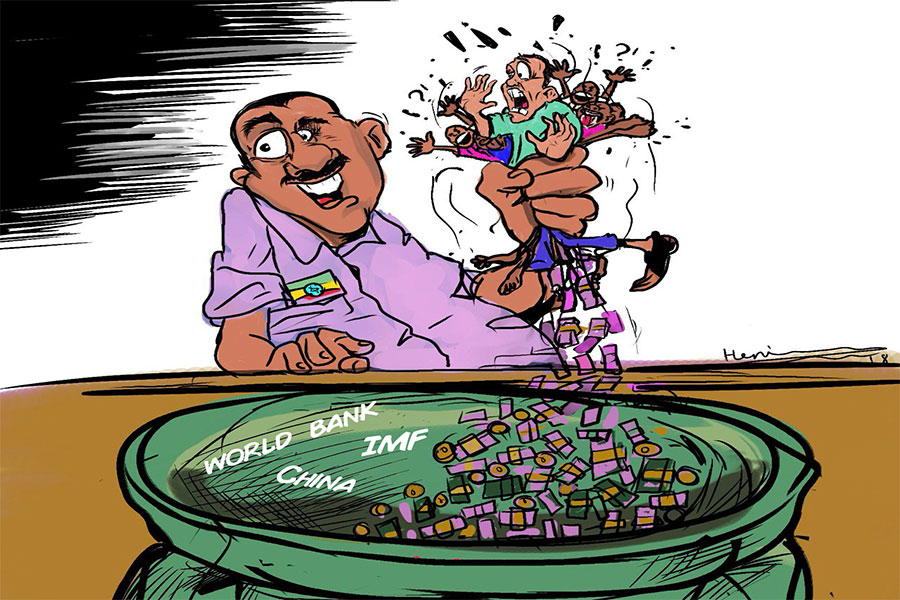
Oct 18 , 2025
The political establishment, notably the ruling party and its top brass, has become p...
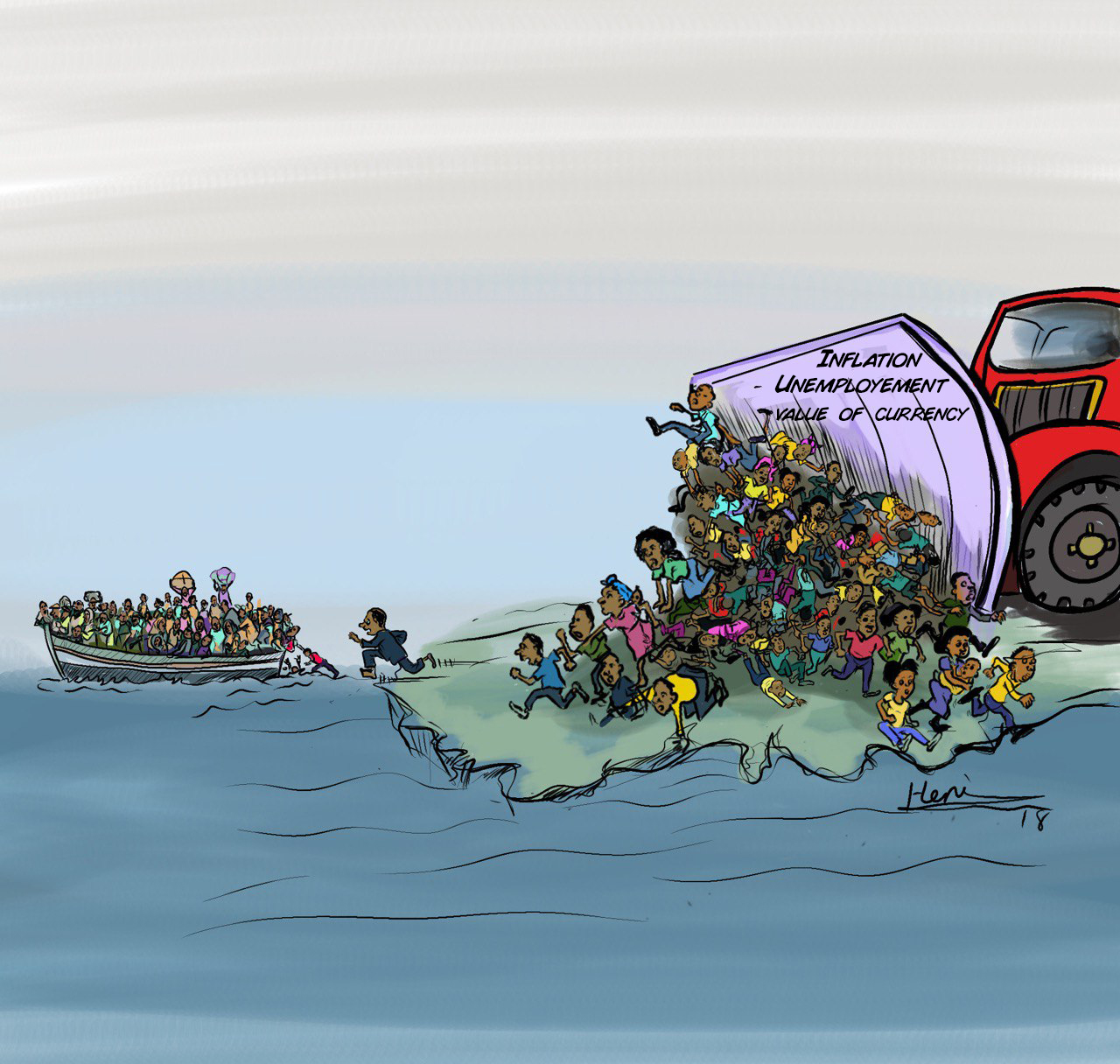
Oct 11 , 2025
Ladislas Farago, a roving Associated Press (AP) correspondent, arrived in Ethiopia in...
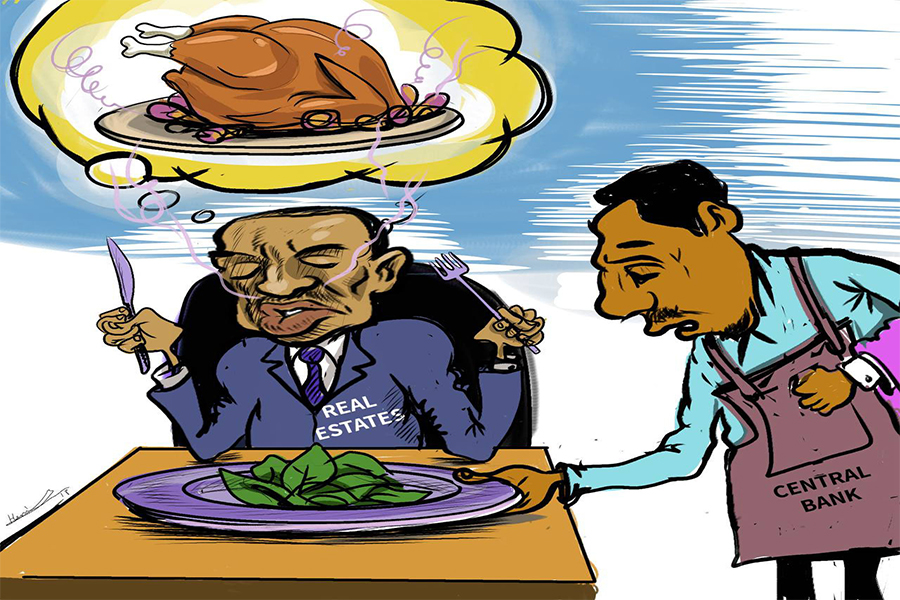
Oct 4 , 2025
Eyob Tekalegn (PhD) had been in the Governor's chair for only weeks when, on Septembe...
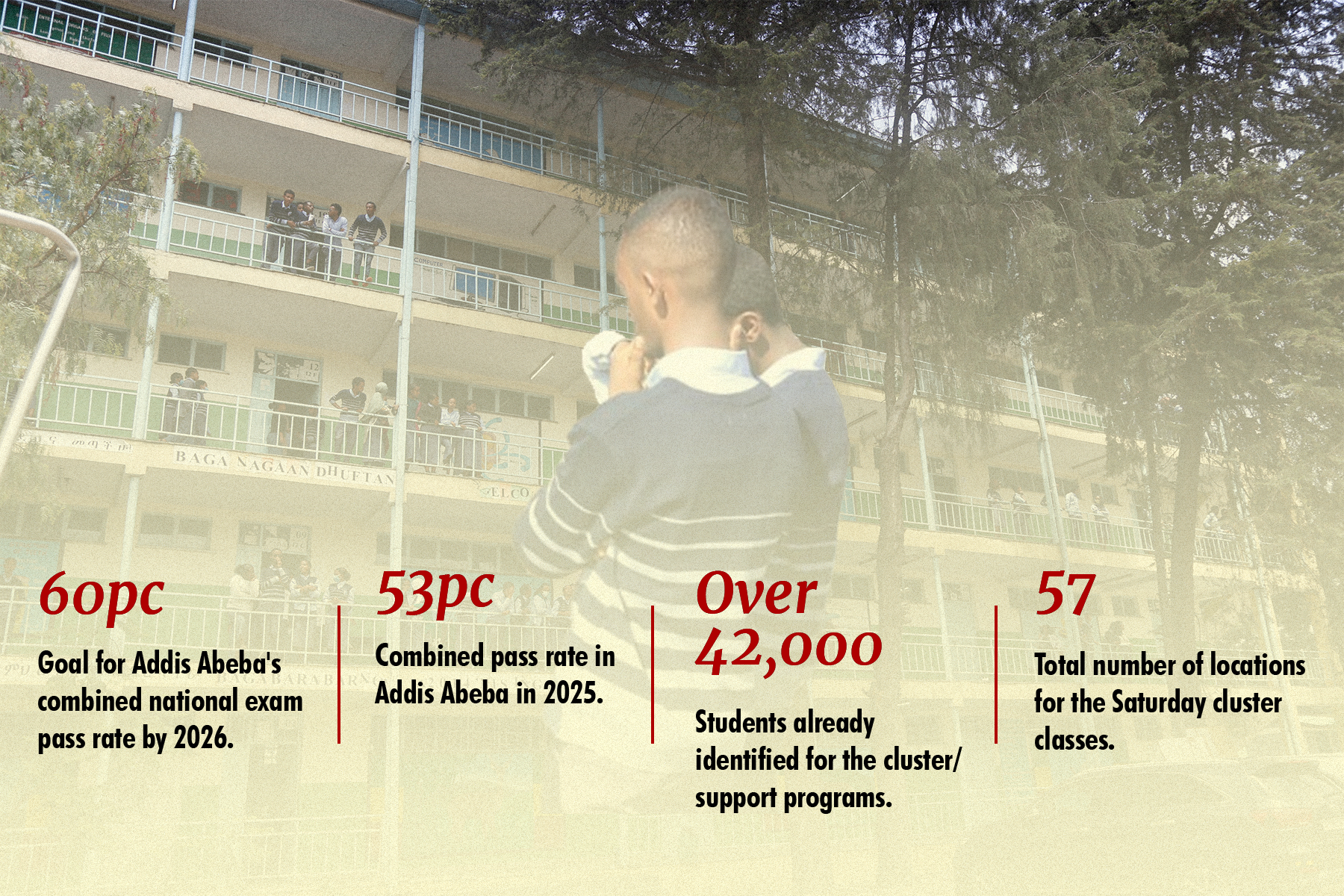
Oct 25 , 2025 . By YITBAREK GETACHEW
Officials of the Addis Abeba's Education Bureau have embarked on an ambitious experim...
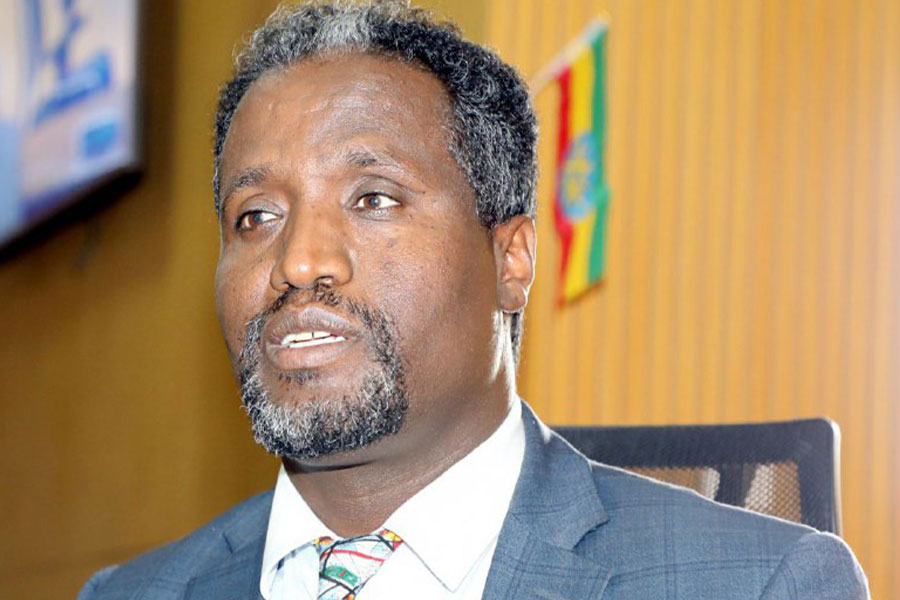
Oct 26 , 2025 . By YITBAREK GETACHEW
The federal government is making a landmark shift in its investment incentive regime...
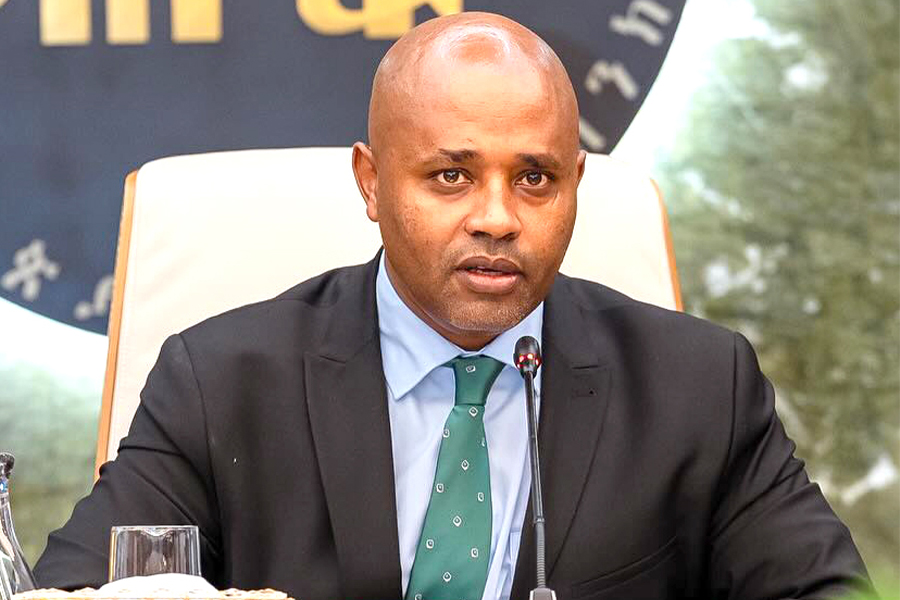
Oct 29 , 2025 . By NAHOM AYELE
The National Bank of Ethiopia (NBE) is preparing to issue a directive that will funda...

Oct 26 , 2025 . By SURAFEL MULUGETA
A community of booksellers shadowing the Ethiopian National Theatre has been jolted b...